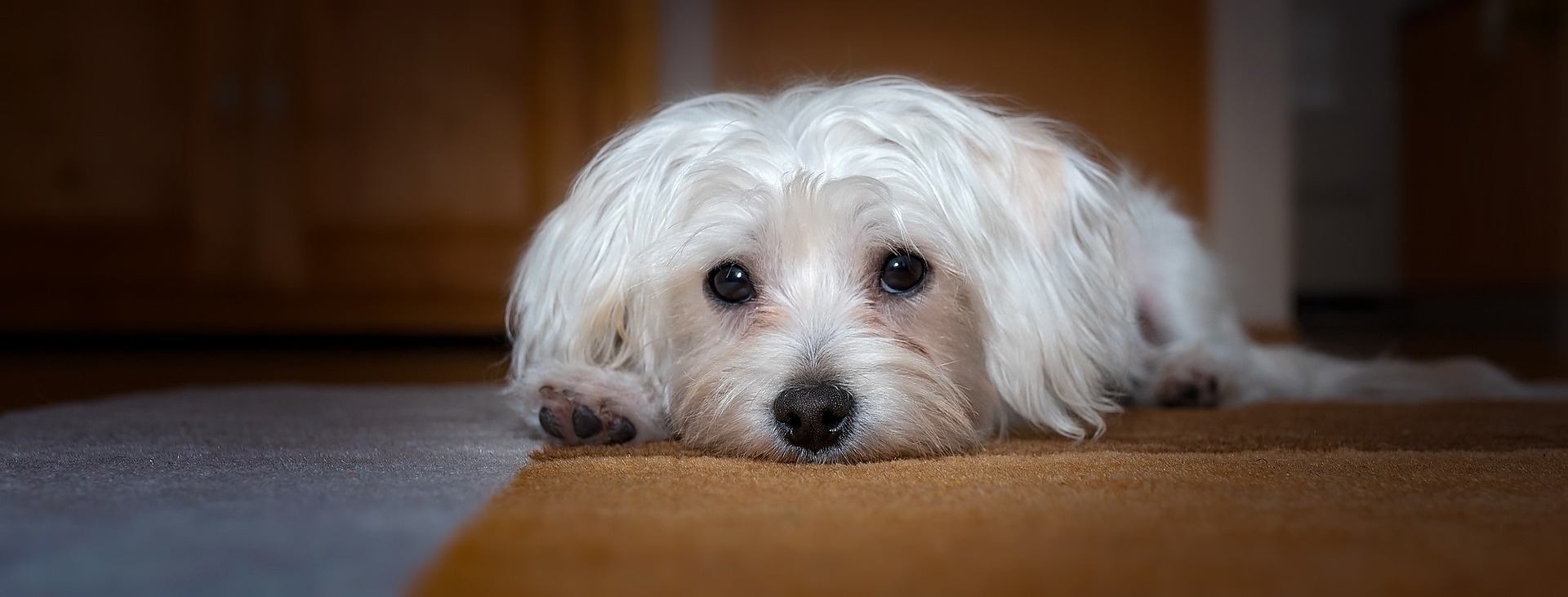
Do you still remember what it was like when you first decided to welcome a dog into your home? Perhaps you spent weeks researching breeds, perhaps a rescue dog online caught your eye, or perhaps you suddenly found yourself with a dog by sheer chance.
Most of us will have spent days, weeks or even months dreaming up what our life would be like with a new dog in the house. What would they look like? How would they fit into our lifestyle and routines? Which dog training classes would we attend? Where would we take them to socialise? If your dog came from a rescue abroad, you may have only got to know your dog through photos and videos as well – poring over every bit of footage in a bid to get to understand their behaviour and personality traits.
Nevertheless, for most of us, our imagination will fill in the blanks and help us to envisage exactly what life will be like with our new addition.
Then, our dog comes home. They may be tired and stressed from travelling, they may be confused, they may show behaviours you weren’t expecting to see…

They may not match the image your mind created.
And that can be incredibly disappointing and disheartening. You might even find yourself grieving the dog your imagination had dreamed up. You might feel regret towards your new dog because they aren’t what you had anticipated.
Please know that it is normal to feel those emotions and it happens to more new dog owners than you think.
In my personal experience, the first couple of weeks or so are the most challenging. The stress of being in rescue and often the long journey to their new home can mean that your new dog may initially struggle to cope with all of the new experiences. Just like when us humans are stressed out, stressed dogs may also behave in ways that aren’t typical for them. With new puppies, keep in mind that they have just gone through the separation from their mother and siblings, and they too need time to settle in and learn your routines.
Try to allow your new dog sufficient time to decompress and find their feet in this new life and remember to also allow yourself time and patience to settle into this new normal and get to know the real dog you’ve just welcomed into your family. Training your dog at this point shouldn’t be the priority as you both need time to bond and feel comfortable with each other. Do reach out to a clinical or veterinary behaviourist early however if you see extremely fearful behaviour or any signs of aggression. A qualified and accredited behaviourist will help you understand your dog and get you on the right path much more quickly and easily the earlier you get in touch.
It can feel relentless and the change to your usual routines can be overwhelming and exhausting. Both you and your new dog need periods of time where you can both switch of and relax, so ensuring you both have some quality time without each other can be really helpful. For your dog, this could be a tasty long-lasting chew in their crate, and for you it could be taking the time to have a relaxing bubble bath and some “me time” without your dog.
For some of us (canine and human), this period of settling into the new normal may take just a week or two, for others it may take a month, and for yet others, it may even take a few months. Please don’t be afraid to share your feelings and thoughts with your friends or even with dog professionals – most of us have gone through it once or more as well, and we are here to help you and your dog through it, too.

Author: Christina Wells
